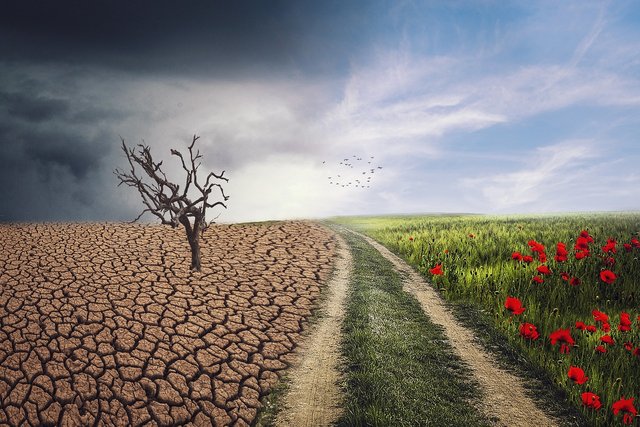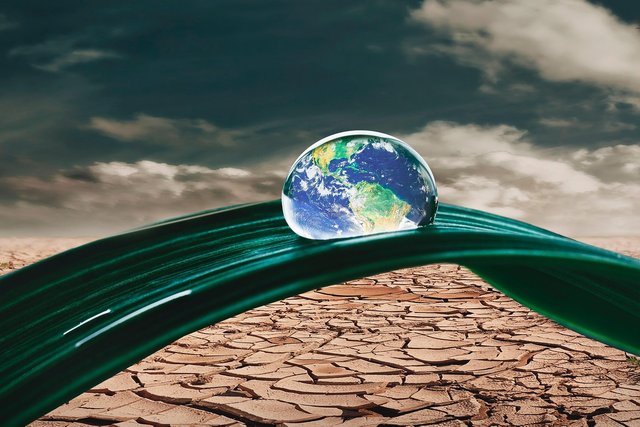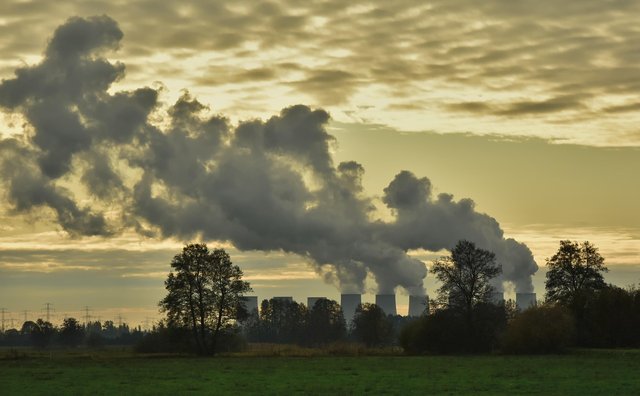Basic Knowledge in Agriculture #18
Hi everyone Here for a @hive-118902 contest: Steem-agro Contest|"Basic Knowledge in Agriculture #18" post my last one drops the next send to friends, @josepha @ahmneska @ninapenda
Climate Change Explained for You
Climate: long term changes on temperature, weather patterns and the state of earth atmosphere as a whole Climate change is the result of anthropogenic changes with the emission of greenhouse gases, like carbon dioxide (CO2) and methane CH4, generally due to human practices such us: fossil fuel combustion & industrial processes, deforestation. Thus, the average global temperature is rising and with it ecological imbalance and all manner of undesirable things for humanity and the biosphere.
Climate change is further defined by rises in the number and power of natural disasters: storms, floods, droughts and forest fires etc. Melting ice at poles and the rising sea level are deadly to coastal zone and the small island too. All these transformation are not only affecting environment but, the economy in every aspects health and social life of the mankind all over the world.
Climate change and Agriculture
Climate change impacts the agriculture sector the most. Temperature, and altered precipitation regimes influence both crop yields and animal health. Prolonged droughts can hit yields while flooding, caused by heavy rains subsequently wash away crops.
Also, climate change adds on to the menace of pests and plant diseases. Increased temperatures are ideal for the proliferation of pests and pathogens that will threaten food crops to lower yields. This is something that prompts farmers to use more pesticides, polluting ecosystems and increasing costs.
There are also the growing climate changes in specific areas, which will mix planting seasons so that it becomes hard for farmers to know when is planting time meets harvesting. Water scarcity is also a big issue, particularly in agriculture served with irrigation. Also increase sea level rise will lead to intrusion of saltwater into coastal agricultural lands and decrease fertility of soils endangering food security.
Adaptation (and mitigation) require actions like sustainable agricultural technology, diversification of crops/keeping records of previous types planted etc. Global food security can be preserved only if there is awareness among governments, farmers and communities to cope with climate change.



https://x.com/zulbahr1/status/1892783701177881049?t=LN69SSdb-h8LRvczo_xmbw&s=19